Richard the Lionheart, the legendary King of England, left an indelible mark on history with his captivating life and exploits. Known for his valiant leadership and prowess on the battlefield, he remains one of the most iconic figures of the Middle Ages. From his shortcomings as king to his deathbed forgiveness, delve into the enthralling world of Richard the Lionheart and discover 10 little-known facts about this enigmatic ruler.
Richard the Lionheart was engaged at nine
As the future ruler of England, Duke of Normandy, and Count of Anjou, Richard the Lionheart was certainly an eligible bachelor. His father, King Henry II, used this to his advantage. He promised to marry French King Louis VII’s daughter Alys to Richard when they were both old enough. At the time, they were eight and nine, respectively. The fathers signed a marriage contract in January 1169.
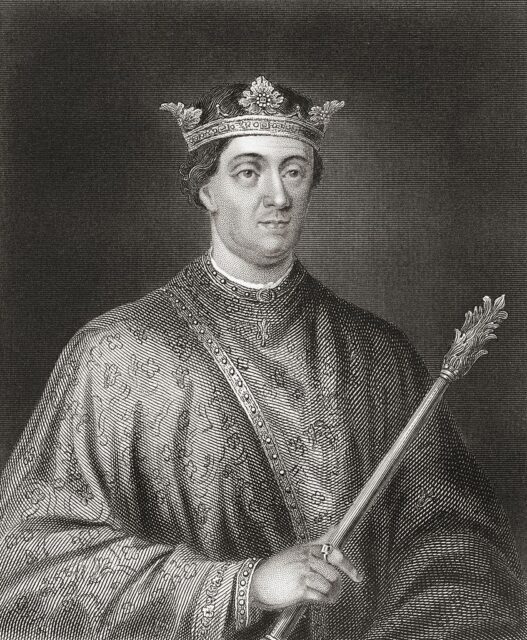
One of the stipulations was that Alys move to England, where she would be made Henry’s ward. According to rumors, he instead made the girl his mistress and had a child with her. She was kept as a prisoner for 25 years. The Catholic church threatened Henry to ensure her marriage to Richard actually happened, but it never did as Henry died before it could proceed. The two went their separate ways although their engagement wasn’t broken.
He only loved his mother
When King Henry II died in 1189, Richard ascended the throne at the age of 31. By that point it was well past the age men would typically marry, even though he had been betrothed for 22 years. Even when he was presented with options for other wives, he showed a complete lack of interest and refused to marry any of them. By the time it came for him to be crowned, there was no woman to fill in the role of ‘Queen’ for the ceremony, except for his dear old Mom.

Eleanor of Aquitaine was really the only noblewoman Richard showed any interest in. While he eventually married Berengaria of Navarre, they didn’t pretend to care much for each other. It was clearly a strategic alliance, not a love match. In fact, she didn’t even come to England until after her husband’s death. They also had no children, with some saying they never consummated the marriage.
He spent very little time in England
It might come as a shock that the King of England spent very little time in England. While he reigned for 10 years, it is believed that he only spent a total of about six months there. Not only was he away from the country he ruled, but he spent most of that time at war.

He was heavily involved in the Third Crusade in the Middle East, first arriving in 1191. Many battles were fought during his time there, but ultimately victory eluded the English king. He returned to his country for a very brief period before finding more battles to fight.
He likely didn’t speak English
Aside from spending little time in the country, there was another thing that made King Richard rather ill-suited to rule England. It’s very likely that he didn’t speak the language.
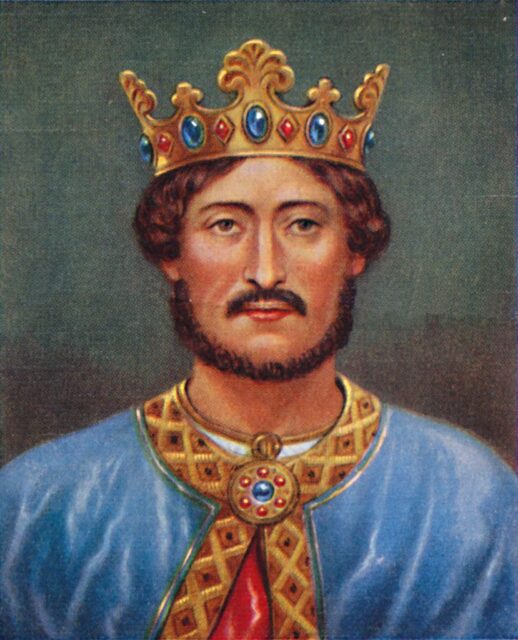
It was where he was born, but since he didn’t spend much time there, he didn’t have a need to speak the language. It is known that he spoke French and Occitan (now Catalonian), but his grasp of English is less well documented.
He snuck home from the Crusades in disguise
The short period of Richard’s life that wasn’t spent fighting was far from easy. While traveling back to England from the Crusades, he did so in disguise because he had made enemies with the European rulers that were once his allies. He had no choice but to pass through their lands, hoping that he would go unnoticed.
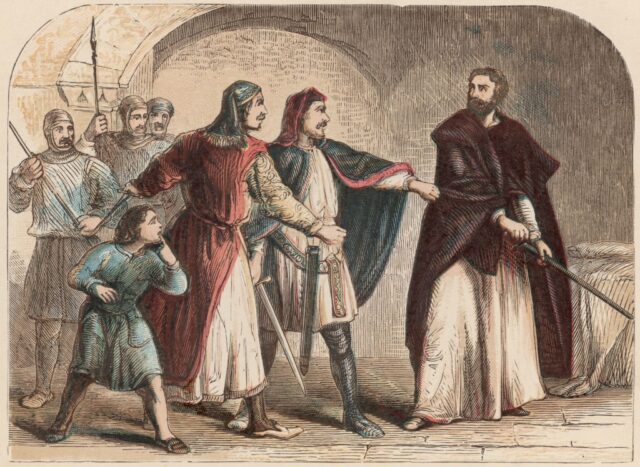
This was far from successful. While moving through the lands of the Duke of Austria, he was captured and handed over to the German Emperor Henry VI. He held the king for ransom until England would pay the amount he was asking.
He was given the title ‘Good King Richard’ as a PR stunt
This amount was excessive at 150,000 marks. Unfortunately for Richard the Lionheart, he wasn’t exactly in the good books of the people of England. He had spent vast sums of their money during his Crusade, and they didn’t want to fork over any more.
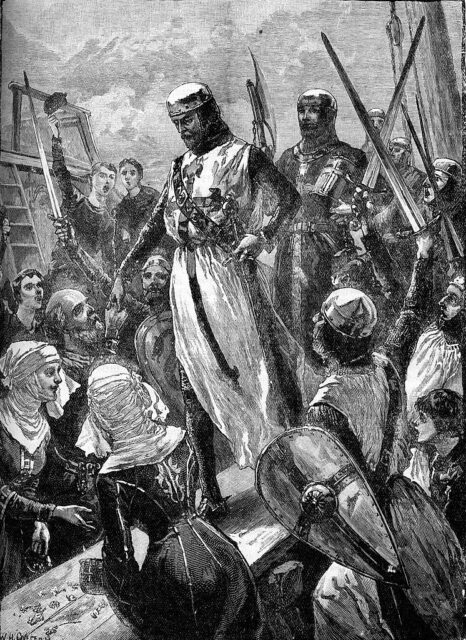
Thanks to the efforts of his mother, however, they did. She worked hard while he was away to portray him as a good and kind ruler. This was all done so that his ransom could be paid, not necessarily because any of it was true.
He was crowned king twice
While this PR campaign worked to a degree, Richard was still worried that upon his return his right to rule would be threatened. He wasn’t far off, as many of the nobles who had paid the large sums of money to have him released were less than pleased about it.
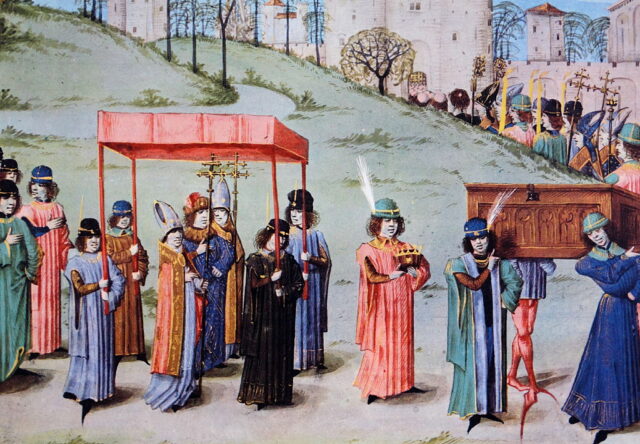
His solution to the problem was to be crowned King of England yet again. So, as soon as he was released from his German prison, Richard returned to England for his second coronation in five years.
He knighted his cook
Despite how it might seem, Richard the Lionheart’s life wasn’t all doom and gloom. In one particular moment of joyousness, he decided to knight his cook.
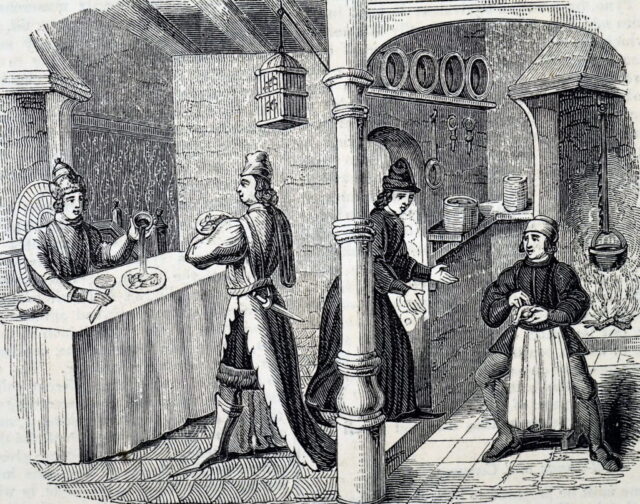
The man had put together such a wonderful feast that Richard declared in front of all who were there that the cook was now “lord of the fief of the kitchen of the counts of Poitou.”
He rewarded his killer
Perhaps the most surprising fact of all is that Richard the Lionheart rewarded his killer. He was shot with a crossbow arrow while fighting in Châlus. While the location of the injury wasn’t fatal, the gangrene it caused was. According to most chroniclers, the person who shot him was just a boy. One of few people defending the Châlus Castle, he was soon captured by the king’s men.
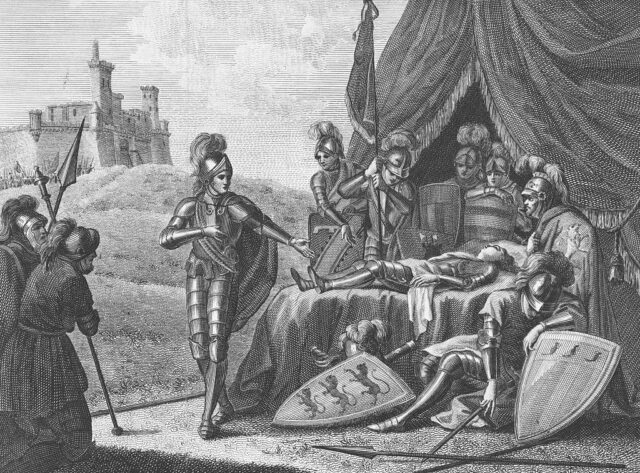
Richard asked for him to be brought to his deathbed. Instead of punishing him, Richard ordered him to not only be freed, but also be paid the sum of 100 shillings. Despite the king’s kind final act, his wishes weren’t honored after his death. Supposedly, the boy was flayed and then hanged by an Occitan mercenary named Mercadier.
He was willfully dismembered after death
Even after his death, Richard continued to surprise. He wanted various parts of his body to be buried in different places around the world, a request that was granted. His heart was embalmed before it was buried in Rouen, Normandy, chosen because of his great love for the region.
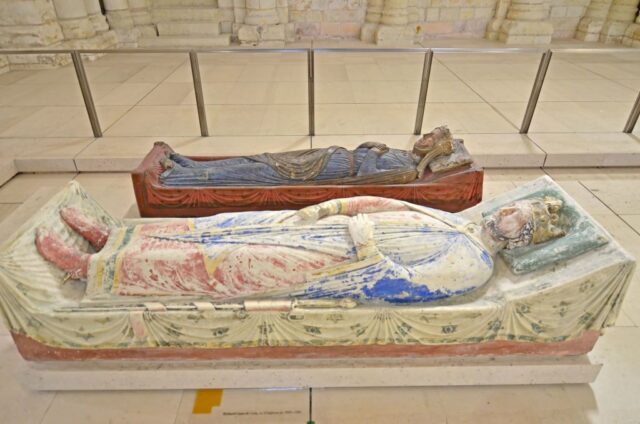
More from us: A Medieval Jester Had to Laugh in the Face of Danger
His entrails were sent for burial in Châlus, the place of his death, and the remainder of his body, crown, and regalia was buried alongside his father in Anjou at Fontevraud Abbey. Although he had a fraught relationship with Henry II as a young man – including leading more than one coup against him – by the time of his death he felt guilty for his past behaviors and wanted to be buried with him.
Let us know what you think in the comments below!
